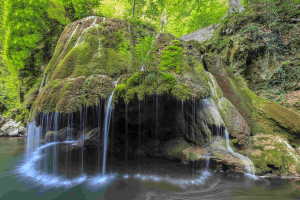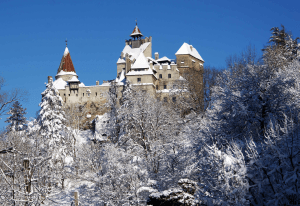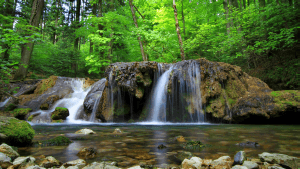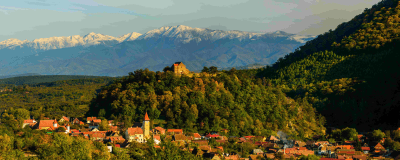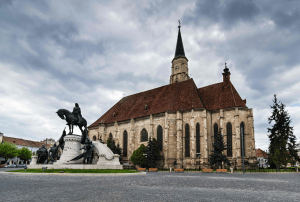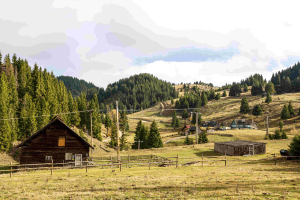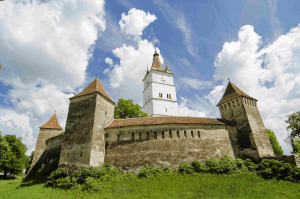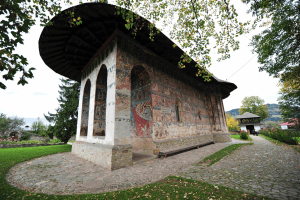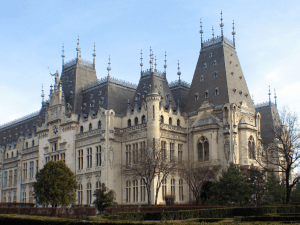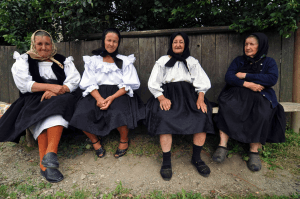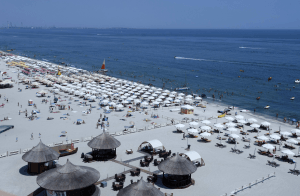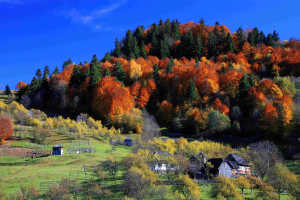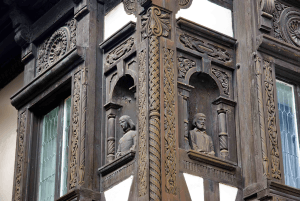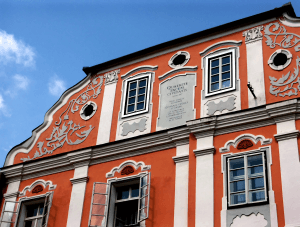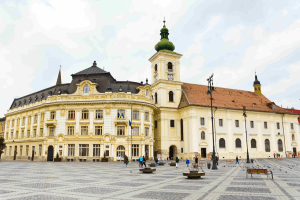Culture & History: Bukovina & Moldavia Monasteries

The Voroneț church, also known as the Sixtine Chapel of the East, was built by the great ruler of Moldavia, Stefan the Great, in 1488, and presents elements of a particular originality - Moldavian architectural style.

Sucevița Monastery is one of the last monasteries to be decorated in the famous style of exterior frescoes, listed since 2010 on the UNESCO World Heritage Sites.

The monastery of Humor is located near the town of Gura Humorului, among wooded hills, and during the XVth century it was one of the most important monasteries in the country.

The Moldovita Monastery, one of the oldest monastic settlements, has predominantly gold and deep blue paintings on the exterior walls (completed in 1537).

The church is located in Arbore, Suceava county, and the year 1541 is considered the date for both the interior & exterior paintings.

Agapia Monastery is the most important Orthodox nuns convent in Romania, a true architectural jewel, worldwide famous for its interior frescoes painted by Nicolae Grigorescu.

The Suceava church is part of the Monastery of St. John the New, founded by the Moldavian ruler, Bogdan the One-Eyed in 1514. The monastery serves as the see of the Archbishop of Suceava and Rădăuţi.

The "Holy Cross" Church in Pătrăuţi was built in 1487 by Stefan the Great, and it is the oldest Orthodox church in Romania, listed on the UNESCO monuments.







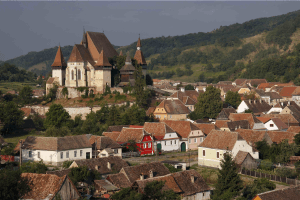
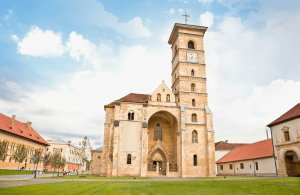
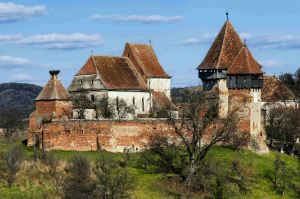
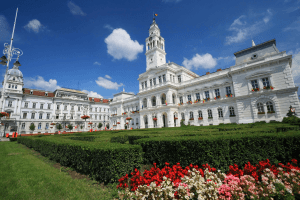
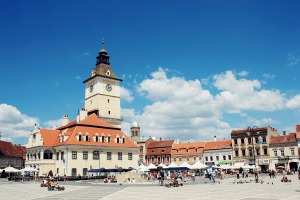
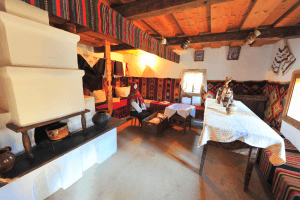
.png)
